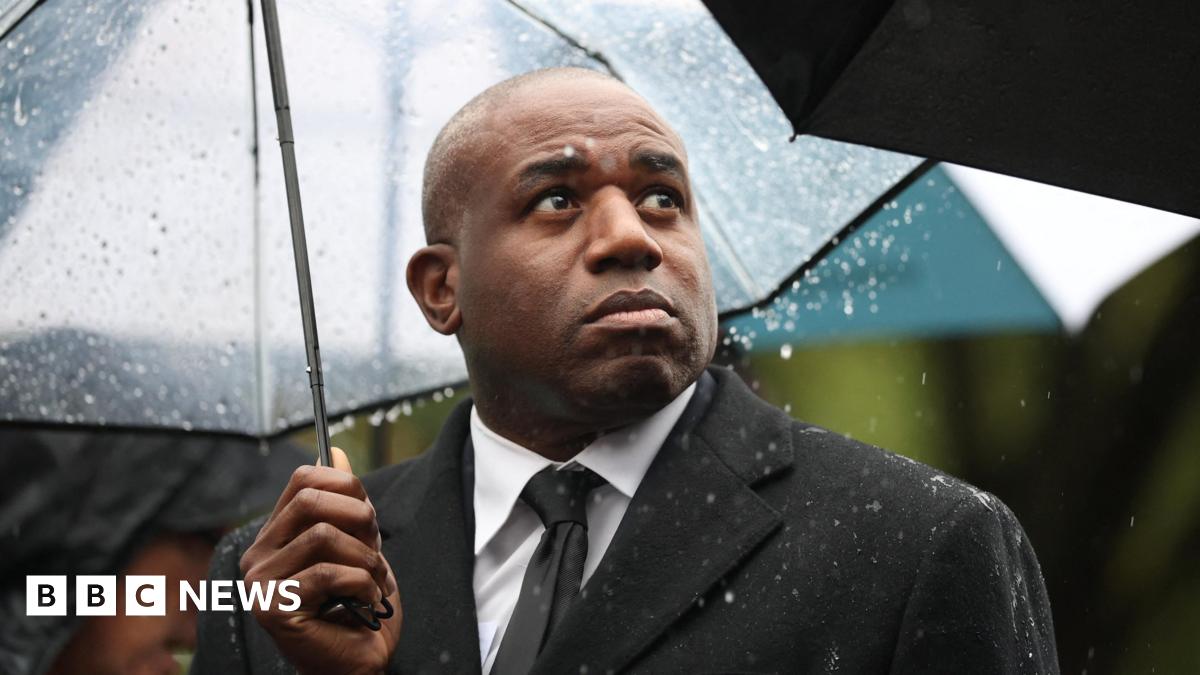Strategy over Optics: Trump’s Most Favored Nation Status on Drug Prices

On September 30, 2025, the image of Albert Bourla standing in the White House beside President Donald J. Trump stunned large segments of the public. The moment instantly became a lightning rod, drawing condemnation and confusion from those who remembered the unresolved—and in many cases, still unaccounted for—devastations of the Covid-19 response. My inbox, and those of others who have worked to expose the record, flooded with a single question, usually framed in rage or betrayal: What the F*?
This piece is not an apology, nor an attempt to launder history. We must hold multiple truths at once. What happened in 2020 and 2021 was a global institutional collapse, and many of the facts still buried beneath academic soft-pedaling or regulatory capture are not only real—they are documented.
The 95% efficacy figure behind Pfizer’s original mRNA vaccine—marketed with urgency and without full transparency—was the result of a methodological sleight of hand. The trial protocol only counted cases beginning seven days after the second dose. That choice excluded early infections, skewed efficacy upward, and generated headlines that conditioned the world’s response. This is not speculation. It is a matter of record in the trial design published in the New England Journal of Medicine. The case-counting window bias—a form of immortal time bias we’ve termed the Lyons-Weiler/Fenton effect—was not reported, disclosed, or corrected by regulators, the sponsor, or the academic authors. It was never subjected to adverse scenario modeling. It is still cited.
Other elements of the Covid-19 response defy benevolent interpretation. The spike protein sequence appearing in Pfizer’s patent holdings prior to public awareness of SARS-CoV-2; the credible findings by Kevin McKernan and others of plasmid DNA contamination in mRNA vaccine vials, including SV40 enhancer elements; the lopsided prioritization of vaccine deployment over therapeutics like ivermectin and fluvoxamine; the use of high-cycle threshold PCRs without Ct reporting, which amplified false positives; and the refusal to distinguish properly between “died with” and “died from”—these are not conspiracy theories. They are failures. The ethics of care collapsed. The financial incentives prevailed.
The charge that some hospitalists used sedation and early ventilation not out of necessity but to clear beds or reduce infection liability cannot be dismissed out of hand. Ventilator-era mortality was catastrophic. Retrospective chart audits suggest secondary bacterial infections were rampant, often untreated, and that many patients were coded for Covid when sepsis or bacterial pneumonia was the true cause of death. Whether this was manslaughter or negligence is a question for the courts. But morally, we must say plainly: lives were ended for reasons that had nothing to do with care.
In my view, the evidence of Albert Bourla’s opportunistic stock sale — what many rightly call a pump-and-dump — is also real. It is a matter of public record that on November 9, 2020, the same day Pfizer announced top-line results from its pivotal vaccine trial, Bourla sold over 130,000 shares of Pfizer stock under a pre-set Rule 10b5-1 trading plan adopted on August 19. The optics were indefensible. While technically legal under the rules at the time, the maneuver benefited directly from nonpublic material information about vaccine performance — information withheld from the broader public until after markets opened.
No ethical oversight committee reviewed it. No internal justification was disclosed. Just a silent cash-out on the back of news that moved markets globally. The SEC has since tightened Rule 10b5-1 to avoid these abuses, but Bourla’s behavior happened under the old rules, and that should not be forgotten. It remains on the record, and it remains unresolved. I want to remind everyone that all options against Bourla the man, and Pfizer the company, are still on the table.
So no, Albert Bourla’s presence at the White House is not easily swallowed. It is not forgotten. But this moment—this ceremony—is not what people think it is. Bourla is not being canonized. He is being brought to heel.
In May 2025, President Trump signed Executive Order 14297, titled “Delivering Most-Favored-Nation Prescription Drug Pricing to American Patients.” The order directs HHS to set pricing targets based on the lowest amount paid in other developed countries. These MFN prices are not abstract. They are being imposed, bit by bit, on an industry that for decades dictated terms. The EO includes a direct-to-consumer channel, bypassing PBMs and insurers, and facilitates case-by-case importation under FDCA Section 804(j). It greenlights trade retaliation and antitrust action against companies that price-gouge Americans while offering discounts abroad.
And then came the July 31 letters. Sent to 17 drug manufacturers, they laid out four requirements: MFN pricing for Medicaid; a pledge not to offer lower prices to foreign countries than to the US for new drugs; a direct-to-consumer sales route priced at or below MFN levels; and permission to raise prices abroad as long as the additional revenue is reinvested into reducing US drug prices. The message was unambiguous: participate voluntarily, or face tariffs, rulemaking, exclusion from future programs, or legal and reputational warfare.
Pfizer blinked first. On September 30, 2025, the administration announced its first deal: MFN pricing for Pfizer products in Medicaid and for all new products, a new direct-to-consumer pipeline, and US investment tied to repatriated foreign revenue. Bourla got his photo—but it could be seen as the price of entry, not a reward. This deal does not erase what happened. It sets new terms.
What Trump has done is not a replay of the failed 2020 MFN rule, which was blocked by federal courts for bypassing administrative procedure. The 2025 model uses targeted pricing signals, executive negotiation, voluntary compliance, and legal threat architecture. It is multi-pronged: pricing targets, trade pressure, direct channels, importation authority, and Medicaid leverage. And it is working.
The policy is not without risks. The Inflation Reduction Act’s Medicare Drug Price Negotiation Program—set to impose maximum fair prices (MFPs) starting January 2026—will overlap with the MFN rollout. If sequencing is poorly managed, manufacturers may forum shop or pit agencies against each other. Legal challenges are inevitable. So are international consequences. The White House has signaled tolerance for drug companies raising foreign prices to fund US discounts. That will cause pain abroad. But the moral inversion is deliberate. For decades, American patients subsidized cheap drugs for nationalized health systems overseas. Trump does not want America to continue subsidizing socialist countries by keeping their prices with American dollars. That era is over.
At least that much makes sense.
Meanwhile, the FTC is closing in on pharmacy benefit managers, whose spread pricing, rebate capture, and steering practices distort the drug supply chain. MFN direct-to-consumer routes threaten the PBM business model directly. Add in importation provisions that give patients access to lower-priced equivalents abroad, and the full strategy becomes clear: exert pressure everywhere at once. There is no single rule to overturn. This is asymmetrical regulatory warfare.
So when people ask me why Kennedy and Makary were in the room, my answer is this: they are executing policy, not granting forgiveness. They are not the Attorney General. They are not a court. They are not historians. They were appointed to impose standards. That work continues. The courts and AGs can and must still pursue Pfizer or any other company for past wrongdoing. But while some see what happened in that room on September 30 as surrender, it could also be seen as containment.
After my inbox exploded and my phone blew up, I spoke directly with a senior official at HHS. When I pressed them on the optics—why Bourla, why now, why subject two men with clear records of critique to this proximity—the answer came directly: “MFN is a major win. The drug price problem is real,” they said. The elderly are skipping needed meds.
I didn’t accept that answer at face value. I don’t do pablum. I pushed again, and again, and the picture became clearer: Those in Washington may siloize the issues, but the American public does not. The optics and the substance collapse into one another. And Trump’s team knows it. Bourla’s presence is not being seen as a celebration, but rather, as a submission.
Their final answer was that the public will have to be shown how to consider separate issues to see the gain.
Because people depend on social media for details can be misled on facts about the deal, here’s a breakdown.
What the Deal Says in Dollars
Pfizer has committed to invest an additional $70 billion over the coming years into US research, development, capital projects, and domestic manufacturing.
In exchange, Pfizer receives a three-year grace period during which it will be exempt from certain US pharmaceutical tariffs (under Section 232/import restrictions), so long as it expands US manufacturing.
The pricing commitments in the deal include giving MFN (most-favored-nation) pricing for Pfizer products to all State Medicaid programs. That means Medicaid will, for Pfizer products, pay prices aligned with the lowest net price Pfizer offers abroad (or in comparable developed nations).
Pfizer will also offer deep discounts off list price when selling directly to American patients via a new platform (called TrumpRx) — discounts as high as 85%, average around 50%, for many of its primary care and select specialty drugs.
Who Pays, Who Benefits, and What Actually Changes
The US government/Medicaid stands to benefit by paying less for Pfizer’s drugs under the MFN pricing for Medicaid.
American consumers, especially those buying drugs directly (e.g., uninsured or underinsured), potentially benefit via lower direct-purchase prices through TrumpRx.
Pfizer benefits by securing tariff relief, legal certainty about pricing expectations, and possibly by maintaining global margins if it is permitted to raise prices abroad (with the requirement to channel extra revenue back into US benefits).
The $70 billion investment is a kind of quid pro quo — Pfizer is committing capital into US operations to validate the trade/tariff relief and to show skin in the game.
Yes, it feels like a deal with the devil. But taking the broader view, unlike the past decade of pharma supremacy, this time the devil didn’t write the contract. Trump did. And for the first time in a generation, the industry knows: staying in business means staying in his good graces. That’s not redemption. That’s leverage.
-

Dr. James Lyons-Weiler is a research scientist and prolific author with over 55 peer-reviewed studies and three books to his name: Ebola: An Evolving Story, Cures vs. Profits, and The Environmental and Genetic Causes of Autism. He is the founder and CEO of the Institute for Pure and Applied Knowledge (IPAK).
Recent Top Stories
Sorry, we couldn't find any posts. Please try a different search.










